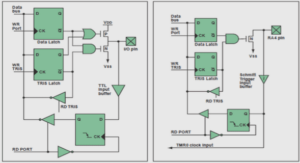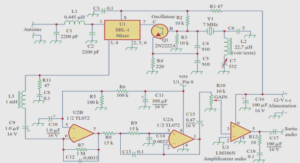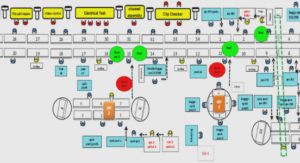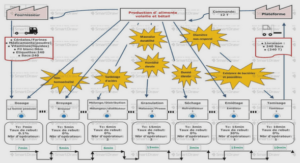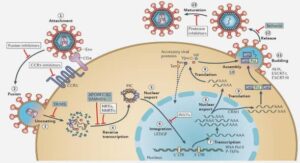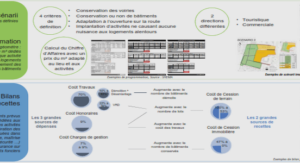CRYSTALLOGRAPHIC DATA AND STRUCTURE REFINEMENT DETAILS
All manipulations were performed under an argon atmosphere using standard Schlenk techniques. Solvents were purchased from Carlo Erba, SDS or Aldrich. THF and diethyl ether were distilled over Na/benzophenone prior to use. Pentane, heptane, toluene were distilled over a sodium suspension and dichloromethane over calcium hydride. From the synthesis of the compound L26, solvents were dried by a solvent purification system (SPS-M-Braun). The water contents of these solvents were periodically controlled by Karl- Fischer coulometry using a Methrom 756 KF apparatus. (CD2Cl2, CDCl3, CD3CN, C6D6) was purchased from Eurisotop or Aldrich. Chemical shifts are reported in ppm vs SiMe4 and were determined by reference to the residual solvent peaks. All coupling constant are given in Hertz. on a Perkin-Elmer Spectrum one FT-IR spectrometer (ATR mode, ZnSe diamond). Mass spectra were collected with an Agilent 6890 N apparatus with Agilent 5975B inert XL EI/CI MSD mass spectrometer. C, H, N elemental analyses were performed by the ICMUB Université de Bourgogne (Dijon, France) or by the Service Central d’Analyses of CNRS (Vernaison, France). Hydrated ruthenium trichloride (1.02 g, 3.8 mmol) was dissolved in freshly degassed methanol (250 mL). The reddish brown solution was refluxed for 5 minutes under argon. After cooling, triphenylphosphine (6.1 g, 23.2 mmol) were added. The reaction mixture was again refluxed under argon for 3 hours. The complex was precipitated from the hot solution; on cooling, obtained crystals were filtered, washed with ether several times until no trace of free PPh3 in solvent was observed. The brown crystals obtained were then dried under vacuum. (3.66 g, 99% yield).
was stirred at 70°C until complete dissolution. Then, 2.68 g of benzaldehyde (25.3 mmol) was added. Heating was continued during 2.5 hr. The crude yellow mixture was let overnight at room temperature before the crystalline product was removed by filtration. The product obtained was washed successively with a mixture of acetic acid/water 1:1 and then water. After recrystallization in a minimum amount of acetic acid, the solid was washed again with water and dried under vacuum, yielding L6 as a yellow needle (3.25 g, 55%). bubbling was observed. After 5 minutes of stirring at room temperature, the solvent were removed under vacuum. The green residue was then dissolved in CH2Cl2 (2 mL) and washed with pentane (3 * 20 mL). The precipitate was then dried, leading to a dark green powder (0.98 g, 79%). bubbling was observed. After 5 minutes of stirring at room temperature, the solvent were removed under vacuum. The green residue was then dissolved in CH2Cl2 (2 mL) and washed with pentane (3 * 20 mL). The precipitate was then dried, leading to a dark green powder (0.98 g, 79%).
A solution of PCy3 (235 mg, 0.839 mmol) in CH2Cl2 (3.8 mL) was added to a solution of [RuCl2(PPh3)2(=CHPh)] (304 mg, 0.386 mmol) in CH2Cl2 (12.5 mL) and stirred at room temperature for 30 minutes. The solvent was removed under glyoxal (81.7 mmol). The mixture was stirred at room temperature for 24h. The yellow solid precipitated was collected by filtration. The mother liquid was evaporated and the recrystallization of the residue in absolute ethanol, leading to yellow needles. The entire collected product was recrystallized in ethanol then dried under vacuum. 6.3 g of L8 were obtained (73% yield). treated at 0°C with 0.87 g of LiAlH4 (22.92 mmol). The mixture was stirred for 23h at 23°C. After cooling at 0°C, 20 mL of Et2O and 20 mL of THF were added to the yellow solution. 20 mL of water was added dropwise then before the mixture was acidified with 13 mL of a 37 %wt aqueous solution of HCl (pH=1). The aqueous phase was extracted twice with 50 mL of THF. To the solution was added, 20 mL of 20 %wt aqueous solution of KOH (pH= 12.5). The aqueous phase was again extracted 4 times by ether (60 mL). The organic layers were collected, dried over MgSO4 and concentrated under vacuum. The brown liquid obtained was purified by flash chromatography on silica column (solvent: heptane/ether, 2:1). 2.1 g of diamine L9 were obtained (69% yield).

